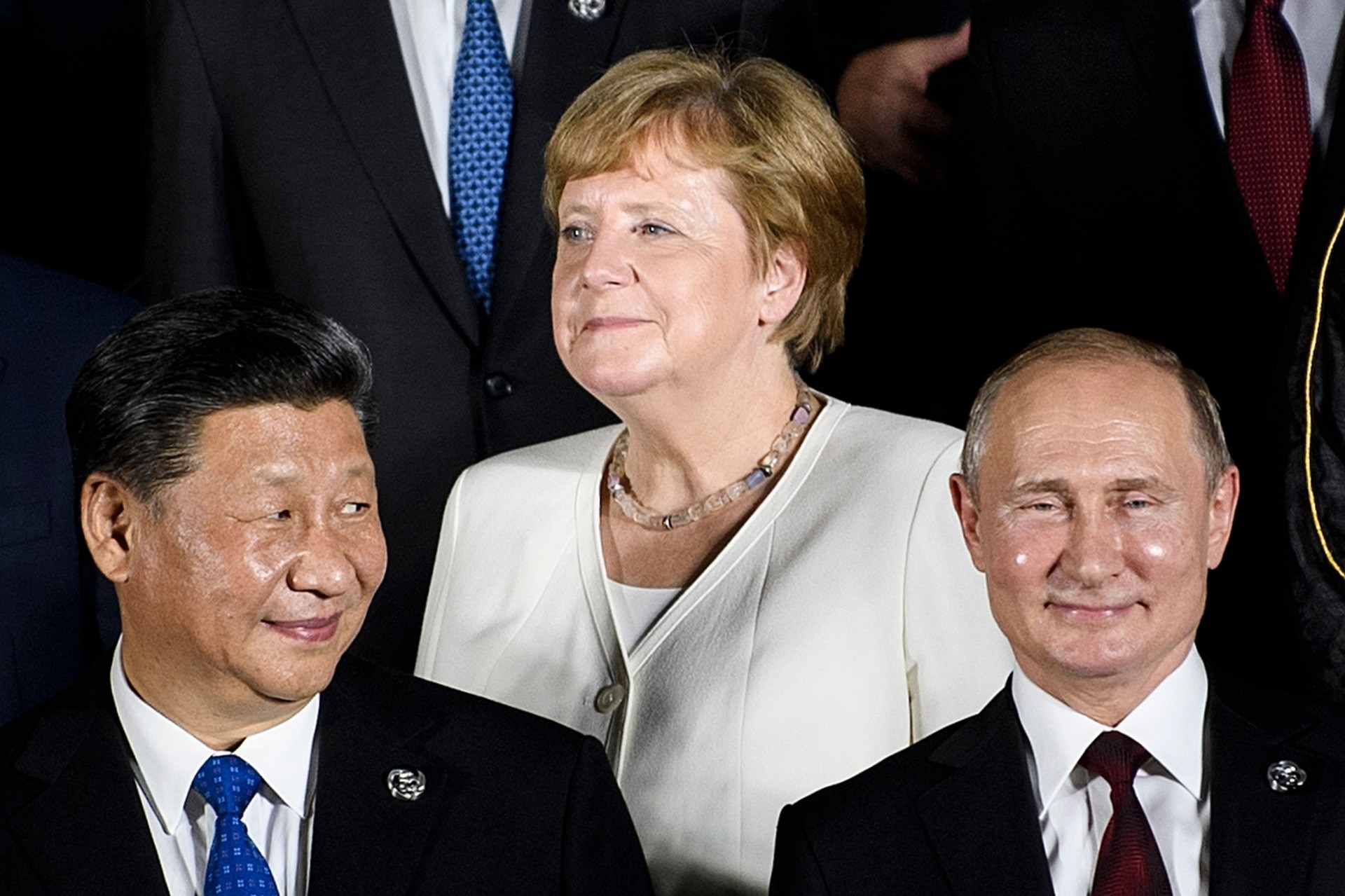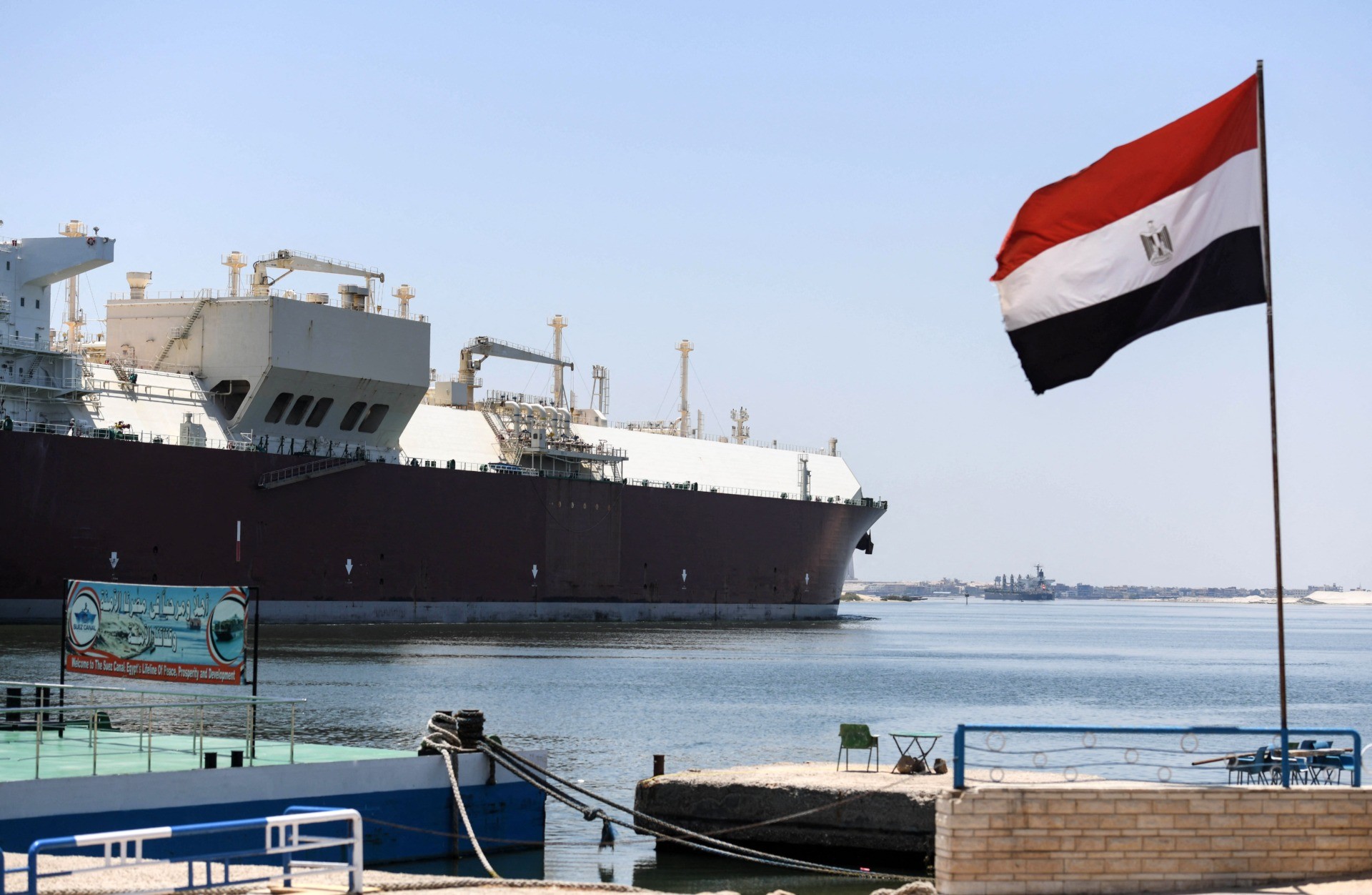Breitbart Business Daily: The Rumble and the Ruble—How the West’s Sanctions on Russia Strengthen the Ruble and Threaten Globalization
So what was the world’s best performing currency of the past month?
You guessed it: the Russian ruble. After plunging to 139 rubles to the dollar on March 7, the ruble staged a dramatic comeback to around 80 rubles to the dollar. That’s only slightly weaker than where it was for almost all of last year. The recovery is equally impressive when compared with the euro. At the end of February, it took 89 rubles to buy a euro. In early March, that climbed to around 145 rubles. Now it is down to 87.32.
On Friday, the joke among foreign exchange traders was that the Russian central bank was going to have to cut interest rates to keep the ruble from getting too strong and making its exports too expensive. That’s unlikely, but the point is important: the sanctions on Russia were intended to cripple its currency on the global market in order to weaken Vladimir Putin’s economy. The recovery indicates that the sanctions, even as they have been strengthened both by official measures and private companies renouncing business ties with Russia, are not working as advertised.
The biggest reason for this, of course, is natural gas. Russia began to demand recently that Europe pay for natural gas in rubles instead of euros. So far, only Hungary has announced its intent to comply with this, but it’s far from clear that the rest of Europe will be able to hold out. That would create a demand for rubles, especially from places where most of the saving is in euros. So the euro will fall against the ruble. Since markets are anticipation engines, that has already begun in advance of European capitulation on the currency issue.

A woman leaves a branch of Russia’s majority state-owned banking and financial services company Sberbank in Moscow on April 7, 2022. (NATALIA KOLESNIKOVA/AFP via Getty Images)
Why does Russia want to be paid in rubles? The answer to that is complex. In the first place, the sanctions and private sector actions have cut Russia off from access to many of the things it could use euros (or dollars) for. Western countries froze Russia’s foreign reserve holdings. We cut off Russia’s access to imports from much of the world. Going even further, we made it incredibly difficult to obtain financing to make payments for Russian energy. In other words, we squeezed Russia’s demand for euros and dollars by cutting off uses for dollars and squeezing the supply. Russia had little choice but to move to demand payment in its domestic currency.
Russia is likely to demand ruble payments not only for natural gas sent to Europe but also for oil and food commodities, such as wheat and corn. This will increase global demand for the ruble. In fact, it will strengthen both the hands of Russian financial institutions and, ultimately, Putin’s government. Those buying commodities in rubles will have to turn to Russian banks for financing (as Russian bank loans are the source of rubles) and will seek to export more to Russia to obtain rubles. This will create an alternative to the eurodollar system for countries that either must be–or decide to be–closer to Russia and away from what we’re calling the West again.

The Russian freighter Vladimir Latyschev, frozen by France due to sanctions imposed on Russia, is docked at the port of Saint Malo, France, on April 7, 2022. (JEAN-FRANCOIS MONIER/AFP via Getty Images)
That is likely to ultimately lead to strengthening demand for Russian government bonds from Russian banks and exporting countries. China, in particular, may find this especially helpful. It could even decide it wants to foster a ruble-backed alternative global currency system as part of a long-term strategy to supplant the United States. Certainly, China might decide to hold Russian bonds to diversify away from its U.S. Treasury holdings.

China’s Xi Jinping (left), Germany’s Angela Merkel (center), and Russia’s Vladimir Putin pose for a group photo during the G20 Summit in Osaka on June 28, 2019. (Brendan Smialowski/AFP via Getty Images)
This will not just be about financial flows. This will change real flows of goods and commodities. Shifting natural gas and oil flows from west to east, from Europe to China, will create competition for ships and likely drive up the price of shipping globally. Europe will be more reliant on oil from Saudi Arabia—the U.S. has almost no mechanism to ship oil to our east coast ports for export to Europe—which will mean shipping through the Suez Canal.
As Credit Suisse’s Zoltan Poszar recently pointed out, the world is likely facing “a severe shortage of vessels capable of moving oil cargo on long distances.” As a choke point, Egypt could raise canal fees or even demand to be paid in rubles so that it can buy Russian wheat.

An Egyptian flag is seen on the shore of the Suez Canal in the northeastern city of Ismailiya on May 27, 2021. (AHMAD HASSAN/AFP via Getty Images)
What we have described here is the destruction of globalization and the fragmentation of the global economy into competitive but somewhat isolated trading groups. This will likely be uncomfortable for those who benefitted the most from the system that had been in place, particularly western financial elites and corporations who became dependent on Chinese manufacturing. If China refocuses on either exports to Russia or its internal market, its demand for dollars and supply of goods to the U.S. will weaken. Jobs will have to be re-shored, domestic factory production restarted, and domestic investment grown. So this could turn out to be a great time for American workers.
Much of this has been brewing beneath the surface of world events for some time. The Russian invasion of Ukraine may turn out to be the catalyst that gets the engines of change running at higher gear.





Comments are closed.